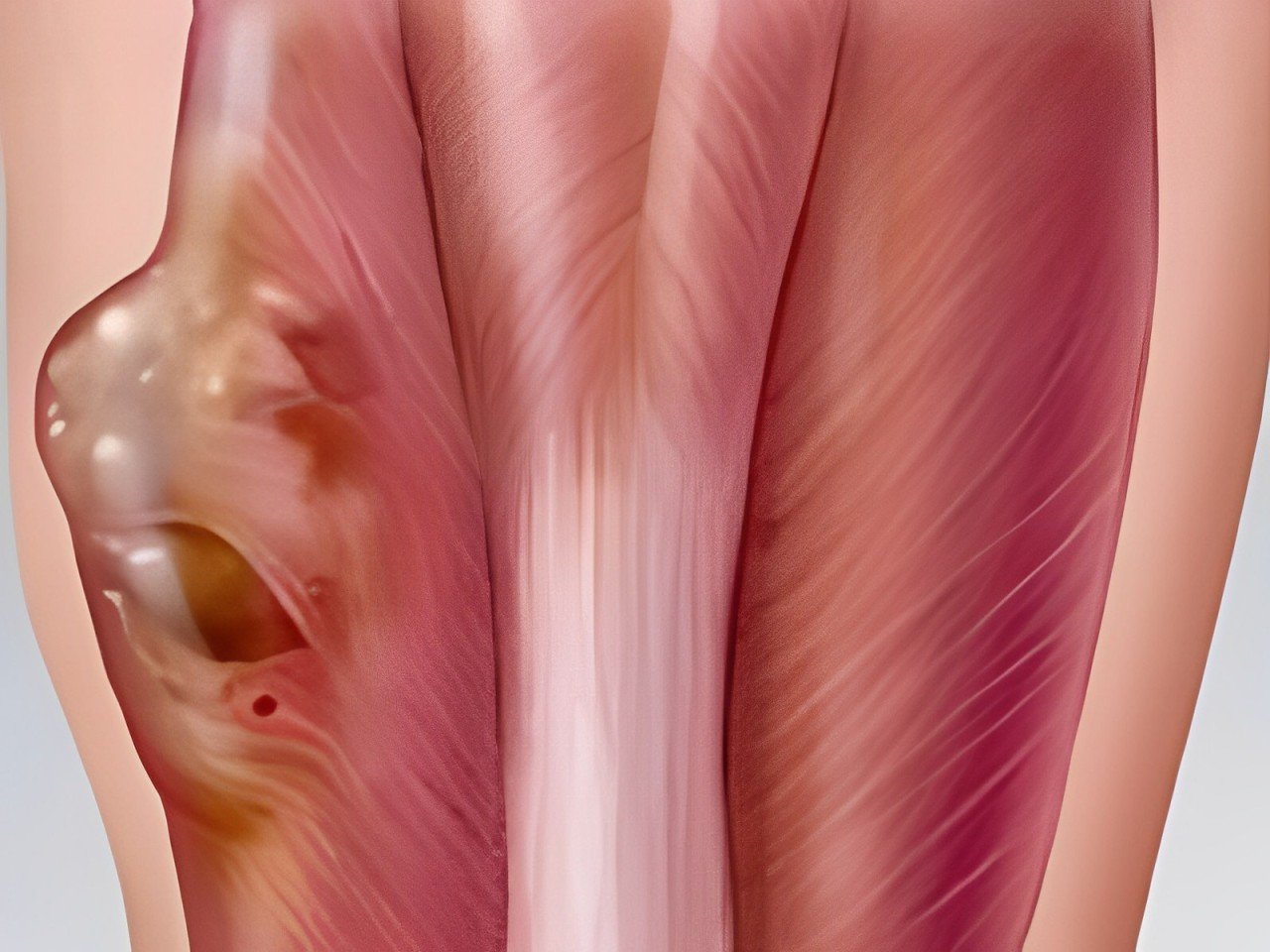Our Service
Home > Services
Services
let us helping you by make an appointment
Lorem ipsum dolor sit amet consectetur.
Sarcoma Surgery

Sarcoma Surgery Soft tissue sarcoma is a rare type of cancer that originates in the soft tissues of the body, including muscles, fat, nerves, and blood vessels. While soft tissue sarcoma can occur in any part of the body, it is most commonly found in the arms, legs, chest, and abdomen. This comprehensive guide provides an overview of soft tissue sarcoma, including its definition, symptoms, treatment options, and prognosis.
Soft tissue sarcoma is a type of cancer that develops in the soft tissues of the body. It arises from abnormal growth of cells in the connective tissues, leading to the formation of a tumor. There are over 50 subtypes of soft tissue sarcoma, each with distinct characteristics and treatment strategies. The exact cause of soft tissue sarcoma is not always known, but factors such as genetic mutations, exposure to radiation, and certain inherited syndromes may increase the risk of developing this type of cancer.
Symptoms and Signs :
The symptoms of soft tissue sarcoma can vary depending on the location and size of the tumor. Common signs and symptoms may include:
– A lump or swelling in the affected area
– Pain or tenderness in the affected area
– Limited range of motion
– Numbness or weakness in nearby muscles
– Unexplained weight loss
– Fatigue
It is important to note that some people with soft tissue sarcoma may not experience any symptoms in the early stages, highlighting the importance of regular screenings and prompt medical evaluation.
Treatment :
The treatment for soft tissue sarcoma typically involves a multidisciplinary approach, including surgery, radiation therapy, chemotherapy, and targeted therapy. The goal of treatment is to remove the tumor, preserve function, and prevent the cancer from spreading or recurring.
Surgical Treatment :
Surgery is often the primary treatment for soft tissue sarcoma and may involve removing the tumor and a margin of healthy tissue surrounding it. In cases where the tumor is located in a critical or difficult-to-access area, specialized surgical techniques such as limb-sparing surgery or Mohs micrographic surgery may be employed.
Prognosis and Outcome :
The prognosis for soft tissue sarcoma depends on several factors, including the subtype of sarcoma, stage at diagnosis, size and location of the tumor, and response to treatment. The overall prognosis for soft tissue sarcoma varies widely, with some subtypes being more aggressive and harder to treat than others.
In general, early detection and treatment of soft tissue sarcoma can lead to better outcomes and improved survival rates. Regular follow-up care, including imaging studies and monitoring for any signs of recurrence, is important for long-term management of the disease.
While the outlook for soft tissue sarcoma can be challenging, advances in treatment options and ongoing research offer hope for improved outcomes and quality of life for individuals diagnosed with this rare cancer.
Empower yourself with knowledge, seek support from healthcare professionals, and stay proactive in managing your journey with soft tissue sarcoma. Together, we can confront this disease with courage and resilience, one step at a time.





